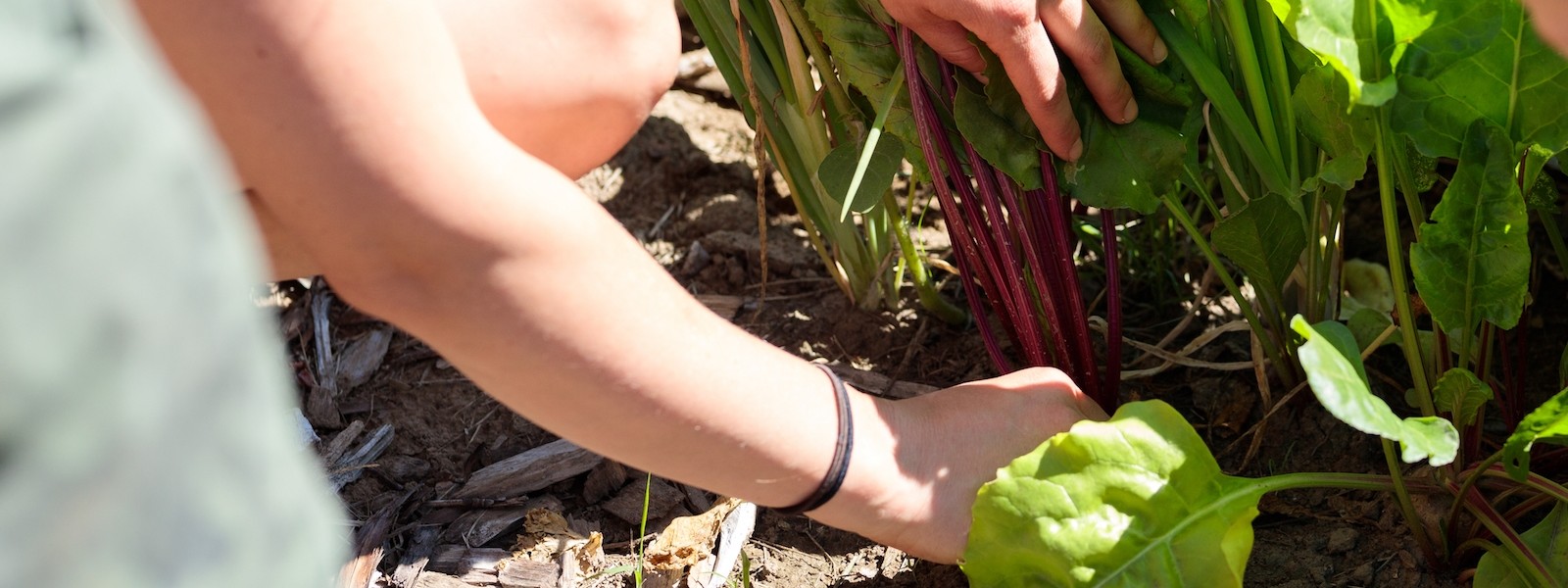Pest: Squash Bug
Even though they have the most gorgeous eggs, you don’t want to find these on the undersides of your squash plants. Find out about the ways to keep these bugs at bay using natural methods and processes.
Adults are 5/8” long, dark brown or grayish in color, with flat backs. The exterior edge of the abdomen, beneath the wings, is often rust colored and sometimes striped. All stages of the squash bug emit an unpleasant odor when crushed. Orange to bronze colored oval eggs are laid in groups on stems and leaf undersides.
Life Cycle:
Nymphs grow into adults in late summer, over-winter in garden debris, and go on to mate and then lay eggs the following year. Nymphs take all summer to develop. There is only one generation per year.
Plants They Attack:
Many potential host plants because there are so many different species. Some plants are more susceptible than others, including: Nasturtiums, roses, milkweed, Chrysanthemums, tomatoes, peppers, carrots, geraniums, and members of the cabbage family.
Spot the Damage:
Squash bugs harm plants by piercing them and sucking out plant juices. Damage is first noted as small specks on leaves that soon turn yellow and then die completely. Vines wilt and turn black and crispy. Yields are reduced in affected plants, and young plants may be completely killed. Often, substantial populations of squash bugs can be found gathered around stems, fruits and on the ground around the affected plant.
Preventative Actions:
- Keep the garden clean; remove debris each autumn, including old vines and plants.
- Plant resistant varieties like “Butternut,” “Blue Hubbard,” and “Royal Acorn.”
- Rotate crops by not planting other susceptible species in the same area for three years.
- Trellis plants to keep them off the ground.
- Interplant with dill, and marigold, whose fragrance helps to deter the insects.
- Compost with newspaper or mushroom manure, not loose materials (straw or hay) that give moist shelter to bugs.
- Hand-pick adults and nymphs and destroy any eggs you find.
Organic Product Controls:
Use neem or pyrethrin which are best used early in the squash bug’s lifecycle.
Sources
CCF staff
Good Bug, Bad Bug by Walliser 2008
The Organic Gardener’s Handbook by Ellis and Bradley 1996
Interested in learning more? The Grower’s Library at Johnny’s Selected Seeds may have the information you’re looking for.

